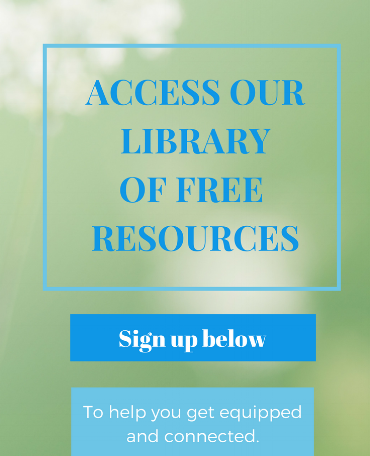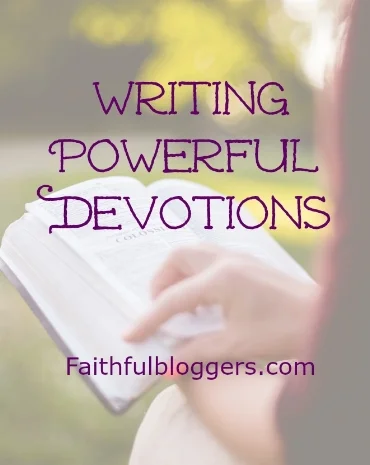Why Breaking Up Your Content Into Skimmable Sections Is Important
/A new study by a researcher at the San Diego Supercomputer Center (SDSC) at the University of California, San Diego, says that by 2015, the sum of media asked for and delivered to consumers on mobile devices and to their homes would take more than 15 hours a day to see or hear. That volume is equal to 6.9 million-million gigabytes of information, or a daily consumption of nine DVDs worth of data per person per day. (Source: UC San Diego News Center)

That study is an old one - posted back in 2013 - so I'm betting that the amount of media consumed daily, now, is more than mentioned here. And while this is referring to media (what I'm assuming they mean as video, audio), I'm wondering how much textual information we consume on a daily basis.
I don't know about you, but between mailing lists I'm signed up for, local retail stores that I've signed up for their mailing list sending me coupons & other things, the content on social media, blog posts, etc. I'm bombarded with a whole lot of information. Every day!
There is no possible way I have the time to consume, word for word, all that information thrown my way. I've become very good at skimming content. Skimming content ensures that I don't miss something that is good information and gives me the opportunity to then choose what I want to read and what I want to skip past.
What does this have to do with blogging? A lot. I promise ;-)
Because so many people are like me and skim content it's essential that you break up your content and make it easy for your readers to scan through it. But, how do you this?
Headlines and Sub-Headings
Take a look at this post. Do you see how I’m breaking the different elements of making a post easy to scan down into subheadings? You can do the same with your blog post. Think of the outline of your post. Each point in your outline could be a subheading. Start with those and then fill in the content.
Or if you prefer, start with the content and then go back and add the sub headings. Create the content and work in the subheadings in whichever way works best for you. The only important thing is that they are in there before you hit publish.
Short Paragraphs
If you pay attention to the next book you're reading (or magainze, newspaper, etc.) you may notice that they have pretty long paragraphs. That's okay, they can get away with it. But reading online is a lot different than the offline publications on paper. Online reading can be difficult if there are long paragraphs - especially on mobile devices! The most effective thing to do is keep your paragraphs short - try to keep them around three or four lines.
Lists And Bold Important Key Terms
Next you want to go through your content and see if there’s anything you can present in the form of a list.
- Use a list instead of several related sentences.
- Use a list to share examples.
- A list is a great way to break things up and grab your reader's attention.
- Lists can be as long or short as you need them to be.
And let’s not forget about other formatting options. Bold important key terms, italicize them, or underline them for emphasis. All of these formatting options make it much quicker and easier to scan a piece of text and figure out what it’s about without having to read every single word.
Graphics
And of course, we can't forget graphics! A picture is one of the best ways to convey within seconds what your blog post is about and generate interest. Just scroll through your Facebook feed - what grabs your attention? It's probably images that catch your eye quicker than anything else. Or, think about Pinterest and Instagram - those are two sites millions of people use and they're all about images. Images hook you and grab you in. They are also a great way to break up longer sections of text. Make sure you use them to their fullest advantage.
This is part 3 of a 10 part series on how to write a good blog post that engages people.
- Part 1 – How To Write Attention Grabbing Blog Post Titles
- Part 2 – How Long Should Your Blog Posts Be?
- Part 3 – Why Breaking Up Your Content Into Skimmable Sections Is Important (this post)
- Part 4 – Why you should include Images in Blog Posts
- Part 5 – How To Get Your Blog Posts Shared Socially
- Part 6 – Engage Your Readers And Encourage Interaction
- Part 7 – What’s the Goal of Your Blog Post?
- Part 8 – How to Create a Good Blog Post Call to Action
- Part 9 – How to Monetize Your Blog Post
- Part 10 – Why You Need A Mailing List




